Review: The Tokyo Station Hotel, old-world elegance in abundance
One of Tokyo’s oldest and grandest hotels hides in plain sight.
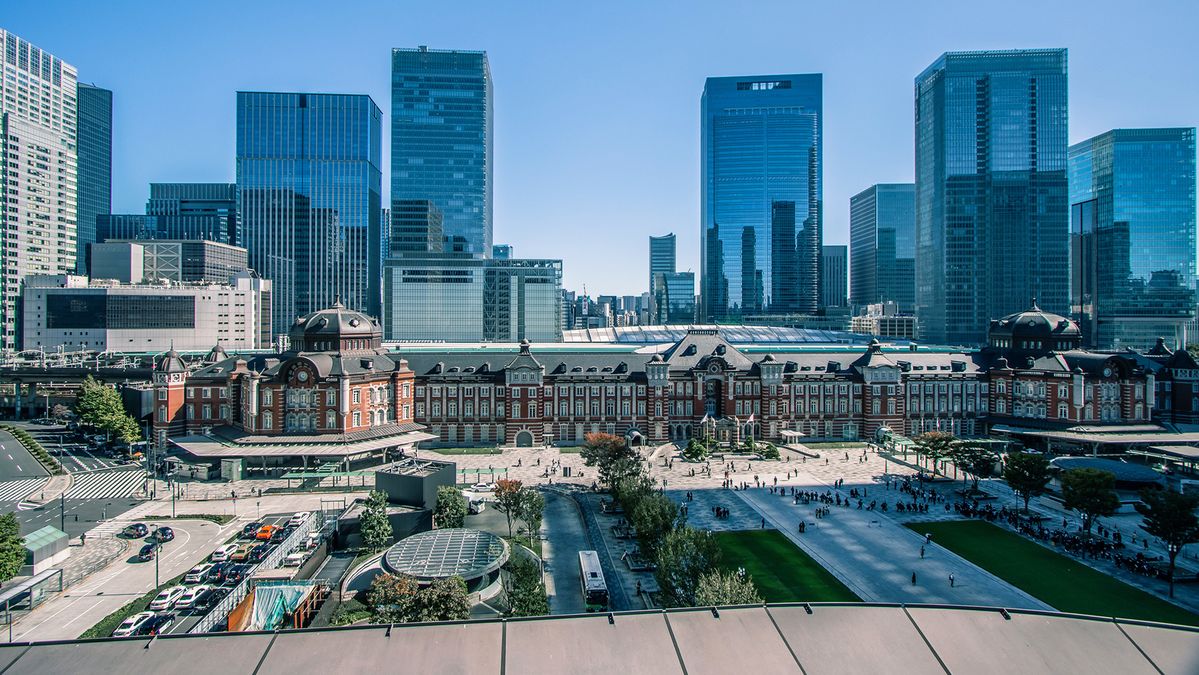
Country
Japan
City
Tokyo
Hotel
The Tokyo Station Hotel
Notes
The Good
- Outstanding location in Tokyo’s financial district
- Plenty of on-premises dining options
- Quiet, spacious and comfortable rooms
The Bad
- Slow WiFi
- No pool
- Missing some modern amenities
X-Factor
- Possibly the most elegant place to stay in Tokyo
Introduction
For a country with such a rich and long history – and a reputation for celebrating it – it’s difficult to find Japanese hotels with a provenance that reaches far back into time.
The Nishiyama Onsen Keiunkan near Mount Fuji is an exception, being the world’s oldest continuously running hotel, but in the concrete jungle of Tokyo older establishments are fewer and farther between.
Blame the war for much of that, and the 1923 Great Kanto earthquake too, but also the city’s habit of continuously regenerating, reinventing and rebuilding its urban areas. Old buildings tend not to last long when the value of land is one of the highest on the planet.
The Tokyo Station Hotel is, however, very different. Part of the Small Luxury Hotels of the World stable and operated by JR East, this hotel encompasses the upper levels of Tokyo’s iconic red-brick central station and offers up to 150 lavishly appointed rooms.
A stay at The Tokyo Station Hotel is a little bit like stepping into a time machine, but what does it have to offer travellers whose needs extend beyond comfort, charm and historic appeal?
Location & Impressions
It doesn’t get more central than Tokyo Station – it’s the nexus for most of the city’s urban railway lines, the Narita Express and Skyliner airport express trains, and a major terminus for the high-speed Shinkansen services that will whisk you off to the rest of Japan.
As such, staying at the Tokyo Station Hotel could be a savvy move for those with itineraries that involve a fair bit of rail travel.
With the station’s platforms literally beneath you, getting yourself around Japan’s most populous city via train should be fast and painless, though there’s also a taxi rank of black cabs within a few strides of the hotel’s front door.
But depending on how you arrive at Tokyo Station, it may take you a while to actually find the entrance.
The hotel is housed within the old red brick structure that’s officially known as the Marunouchi Building, and unless you’re literally dropped off in front of it at the taxi rank, it may not be immediately obvious where it is.
From the eastern ‘Yaesu’ entrance there’s little signage to direct you to the hotel, let alone a direct line of sight to the building. If you’re arriving by train, whether Shinkansen or a local line, navigating the rabbit warren of the station’s innards can take a while for newbies.
Thankfully, station maps are easy to find on the walls and most signs are in both English and Japanese. Just look for exits on the Marunouchi side and you’ll be heading the right way.
But, if you’re approaching from the west – perhaps you’ve taken a cab there – you’ll be greeted by one of Tokyo’s most breathtaking sights.
The juxtaposition of the station’s Gothic red-brick architecture with the steel, glass and concrete towers that surround it makes it look like a pearl in the middle of an oyster, and a place worthy of exploration and attention.
Room
The Tokyo Station Hotel stays true to its old-world roots in its décor and fit-out, but its immaculate presentation gives few clues to its tumultuous past.
In 2012, the Marunouchi Building underwent a comprehensive restoration to its pre-war form. The third floor, which had been destroyed by American bombing and deleted during post-war reconstruction, was replaced, and the station’s distinctive domes rebuilt to the original plans both inside and out.
Yet from the outside, the colour of its brick façade doesn’t indicate that the third floor is newer than the ones below, and the domes look like they have stood there ever since the station was completed back in 1914. Step into the rooms, however, and the differences become immediately obvious.
Rooms on the second floor are built to older architectural ideals and boast soaring ceilings. The third floor – originally not intended for hotel guests in the original design – follows a similar floor plan, but with a more modern (read: lower) ceiling height.
Our Palace-side King room, housed within the third floor of the southern dome and looking out over the Station’s south entry, offered up a decent 45 sqm of floor space – a proper luxury in Tokyo and far more European or American in scale than a typical Japanese hotel.
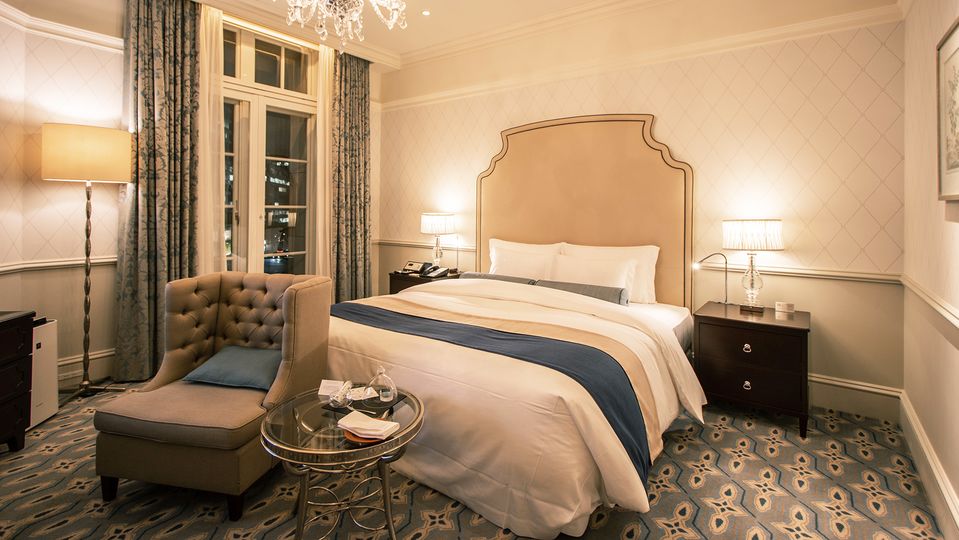
The crescent-shaped King room housed a generous bedroom, walk-in wardrobe and luggage area, plus a sizable bathroom with separate toilet. Not bad for what is essentially a mid-tier offering in this hotel’s room hierarchy.
It’s not, however, all that conducive to lounging around in. A single wingback chair was the only other seat besides the more utilitarian chair at the desk, though perhaps a booking for two people would see another chair added.
With no couch, if you want to put your feet up then the bed is your only option, and the small circular glass side table isn’t quite sufficient to eat a meal at – you’d be better off eating at the work desk (or better yet, making use of the multitude of on-premise restaurants.
The bathroom only has a single vanity, which may cause pre-engagement traffic jams if you’re travelling with a partner, but the bathing set up is western-style with a regular shower and separate bathtub arrangement.
Pyjamas are provided in the bedside tables with a safe hidden in one of the drawers, but the 70s-style alarm clock unit and hotel phone definitely look like they predate the hotel’s 2012 revamp by a wide margin. There are other elements that look a little outdated too, like the leather-bound notepad holders and hair dryer box, whose condition looked more than a decade old.
The USB charge ports in the bedside table’s power strip are also a clear afterthought, and the work desk’s power strip only contains three-prong Japanese power outlets and a quaintly outdated Ethernet data port if you’d rather a wired connection instead of WiFi.
Those items aside, the room appeared to be immaculately maintained and expertly cleaned. It’s also impressively quiet.
Marunouchi may not have the boisterous activity of, say, Shinjuku’s Kabukicho district, but there’s still a degree of street noise outside that mingles with the general sounds of activity at the station. From inside the room, none of that is audible – light sleepers can rejoice.
Work
Despite its location smack-dab in the middle of Tokyo’s financial district, the Tokyo Station Hotel is mostly frequented by nostalgic and well-heeled holidaymakers. While suit-wearers aren’t entirely absent from common spaces like the Atrium restaurant, they’re clearly not this hotel’s primary clientele.
With that in mind, if you do need to do a little business during your stay, the hotel itself makes for a rather poor office. There’s no dedicated business centre, and the work desk in the room is a little too small to be productive if your working materials extend beyond a laptop.
Even for digital-only work there’s a considerable handicap – slow WiFi. In-room WiFi speeds are pretty disappointing, with just 8.33Mb/s download and 3.23Mb/s upload being experienced in our room. It’s good enough for emails, but insufficient for data-intensive work or establishing stable connections with VPNs and remote desktops.
For us, backing up a few GB of images to the cloud necessitated an overnight upload. Perhaps the wired Ethernet port might have been faster?
The desk does at least have three built-in power outlets housed under a desktop lid, so keeping devices charged won’t require scrabbling under a desk to find a source of electrons. It would be nice to see some USB options at the desk, rather than just the bedside table.
Eat
Tokyo and all of its amazing cuisine is literally at the hotel’s doorstep, but you’re spoiled for choice before you even leave the premises. There are a whopping ten restaurant, bar and café options within the Marunouchi Building.
Housed at the southern tip of the second floor Blanc Rouge is the flagship eatery of the Tokyo Station Hotel, with the kitchen serving up French food for over 100 years (though prior to 2012 it was called ‘Bara’, the Japanese word for Rose).
Around the corner from Blanc Rouge is Sushi Aoyagi, while the Camellia bar is just a little further down the hallway on the same level with a second bar, Oak, being located closer to the guest rooms.
At ground level there’s also the Lobby Lounge, a more informal space for a quick bite and drink, while the basement level houses a Cantonese restaurant, an Italian restaurant and two Japanese eateries.
We enjoyed a leisurely lunch at the Camellia bar, which despite being a bar also serves hearty meals, as well as alcoholic drinks. We tried the beef stew with rice…
…along with pasta bake, salad greens and a soup starter. Rather fittingly, it was a well-executed Japanese take on a traditional Western meal – much like the hotel.
There’s actually an eleventh place to eat at the hotel, but this one is strictly for guests only.
Each morning at the fourth-floor Atrium beneath the Marunouchi building’s central pitched roof, around 100 different dishes are served buffet-style to hungry guests. It’s a major drawcard for guests, and the standard room rate doesn’t actually include breakfast.
Those wishing to experience it will need to make sure they book a room that includes the ‘Tokyo Breakfast’, lest they be shut away from the myriad of tasty morsels that are served up.
Feel like stretching your legs before dinner? Beneath the station itself is a smorgasbord of restaurants, most of them on the Yaesu side, including ‘Ramen Alley’ – a collection of six ramen specialists.
When the weather’s fine, head out the south exit and stroll down the road next to the rail lines, where a line of restaurants extend beneath the tracks and serve everything from Japanese faves like tonkatsu and yakitori, to international options like Bavarian and Italian.
If you can’t find what you want within 500 metres of the station (which seems highly unlikely), just hop on the train and head to Ginza, Akasaka, Naka-Meguro, Daikanyama, Shibuya or Shinjuku – or indeed pretty much any inner-Tokyo neighbourhood.
Relax
A fitness centre and spa is located in the basement level, but the Tokyo Station Hotel has no swimming pool or onsen facilities to blow off some steam in.
However, the immediate surroundings offer plenty. Walk across the road to the KITTE building and browse the dozens of high-end (yet still reasonably priced) shops for a souvenir or two, or just head to their rooftop promenade to gaze out across the Shinkansen platforms.
Fancy some people-watching? Head to the huge plaza immediately in front of the hotel. On weekends, the promenade across the intersection also swarms with newlyweds taking photos with the station in the background, such is the building’s visual appeal.
For those after some peace and quiet, The Imperial Palace’s East Gardens are publically accessible, often uncrowded, free, and just a short walk from Tokyo Station.
Verdict
Thanks to its location, The Tokyo Station Hotel actually makes sense as a place for premium travellers to rest their heads, whether in town for work or enjoying a well-earned holiday. The multitude of shops, restaurants and attractions on its doorstep is sensational, as is the convenience of staying quite literally within a major train station.
The writer stayed as a guest of The Tokyo Station Hotel
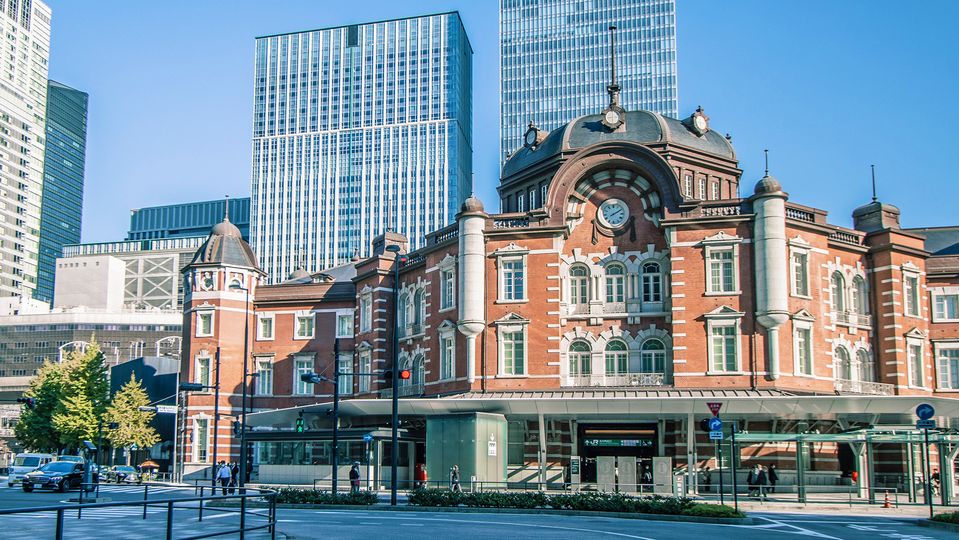
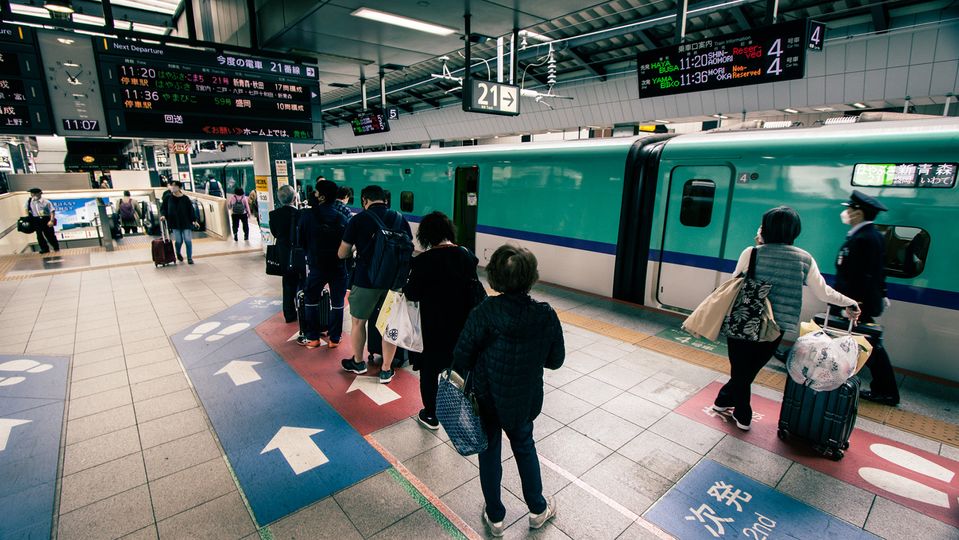
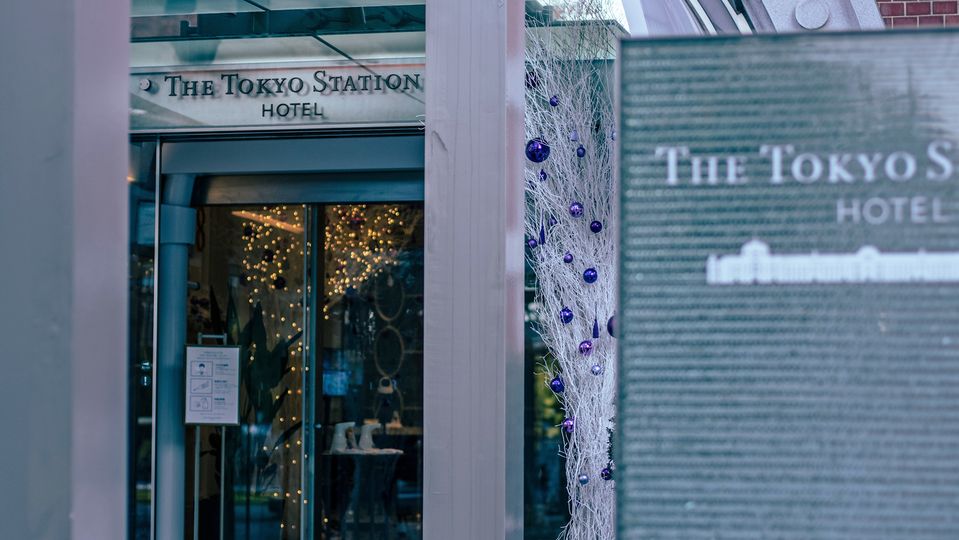
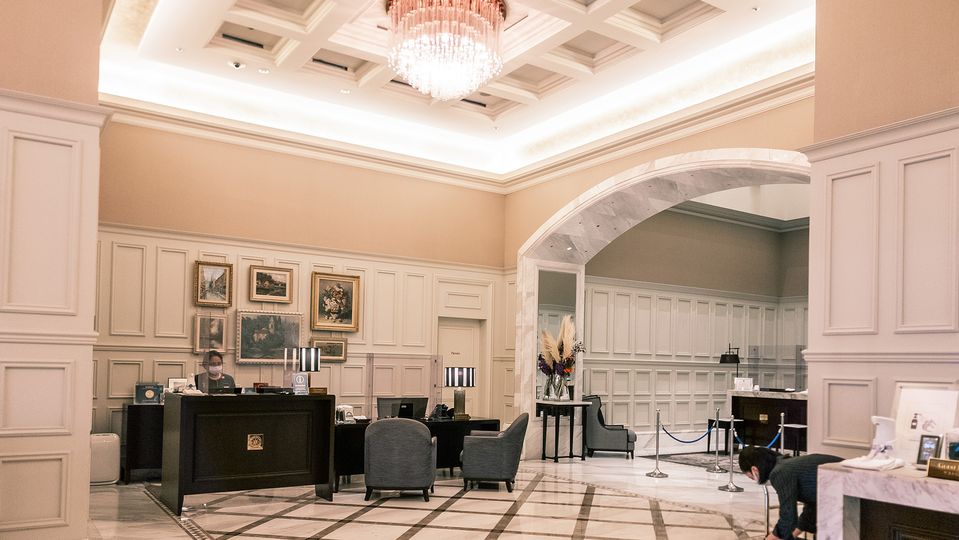
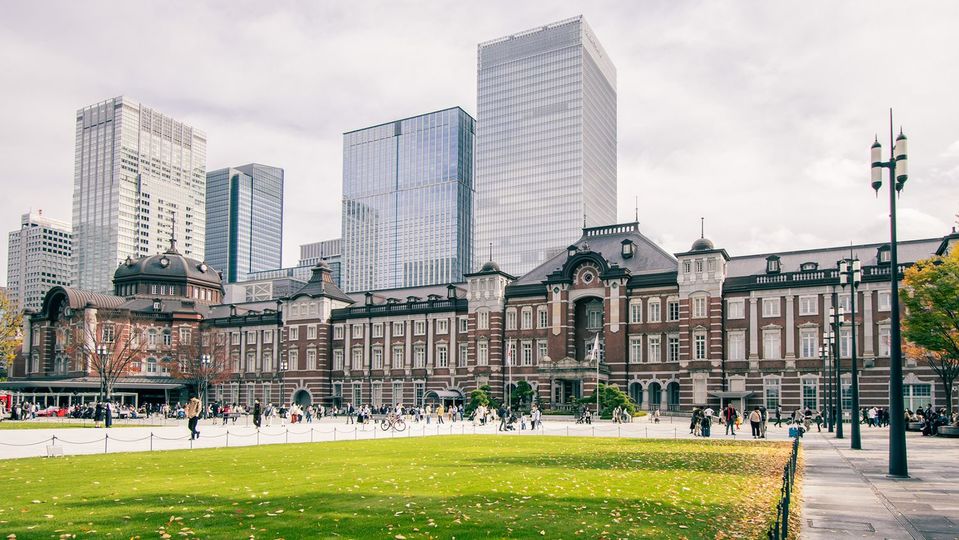
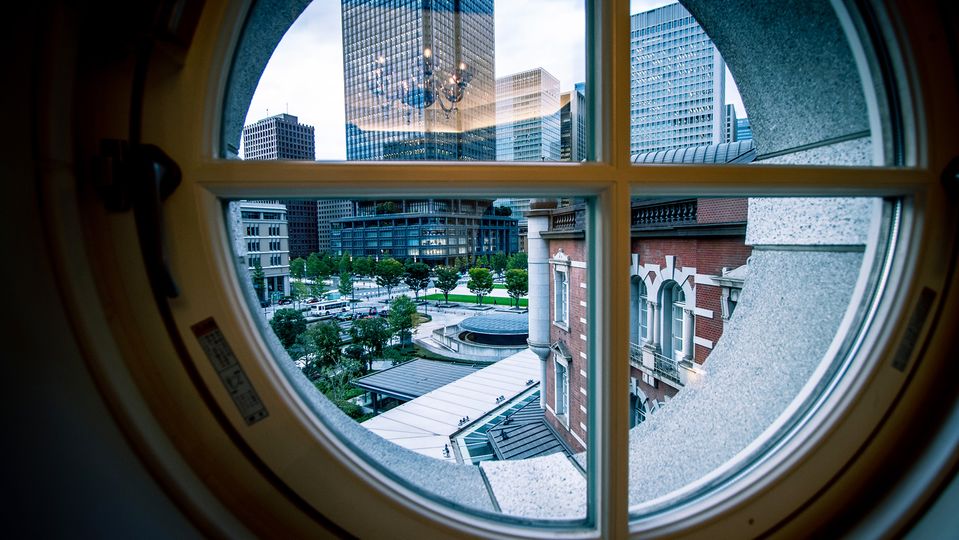
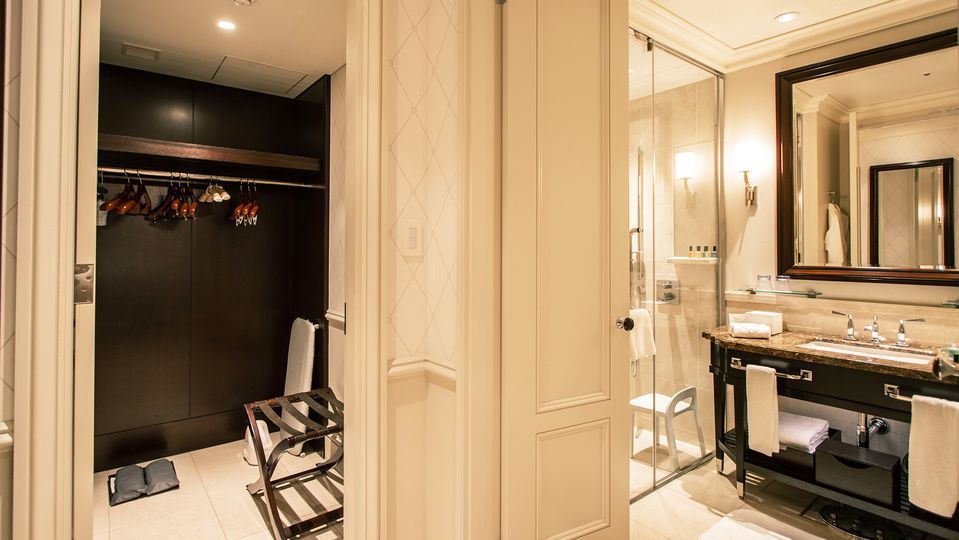
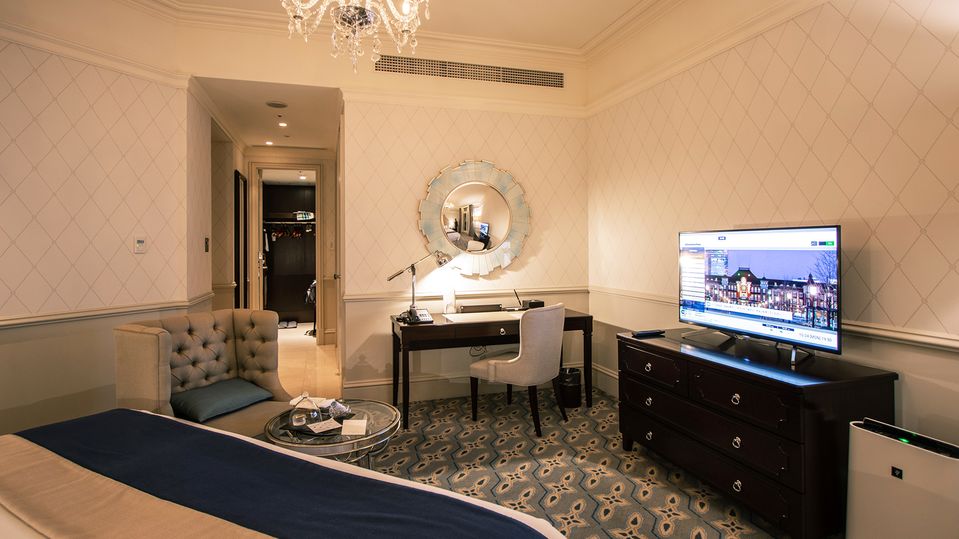
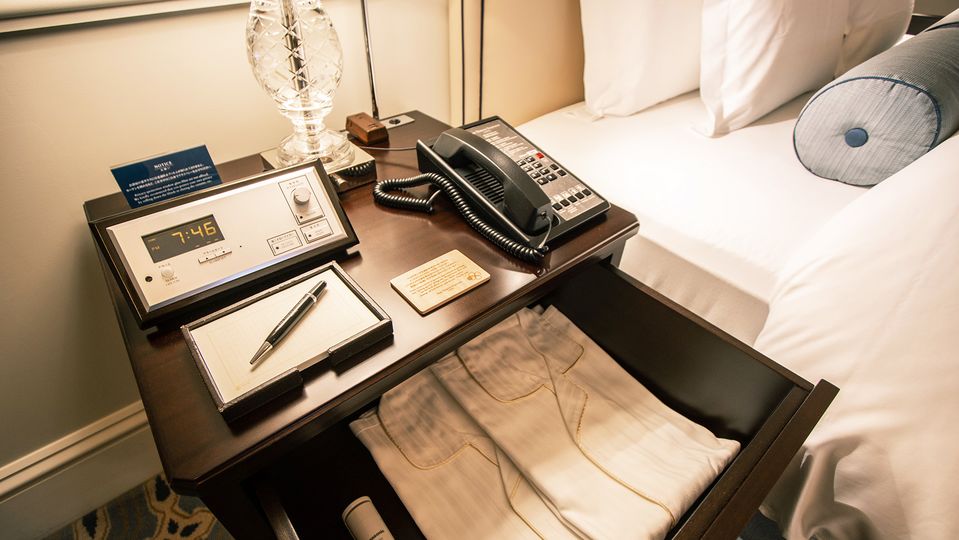
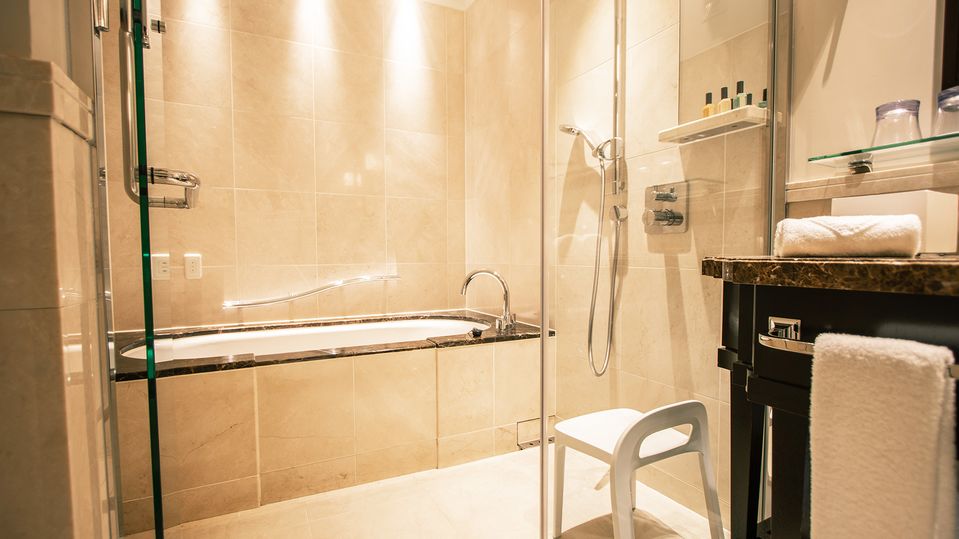

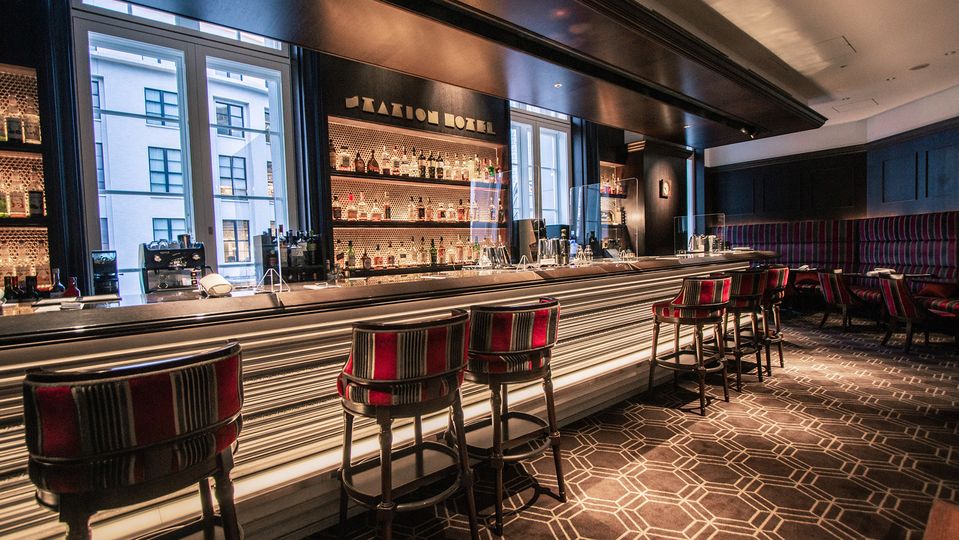



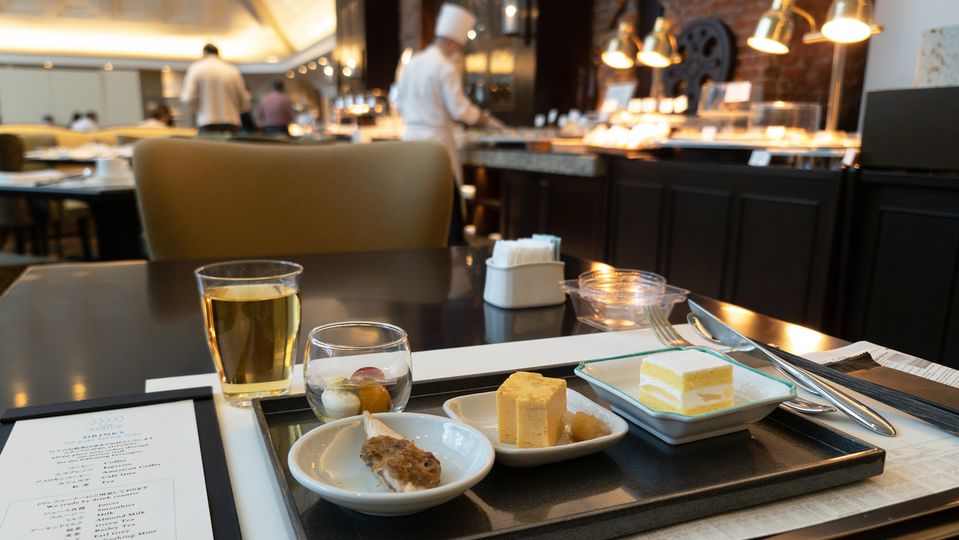
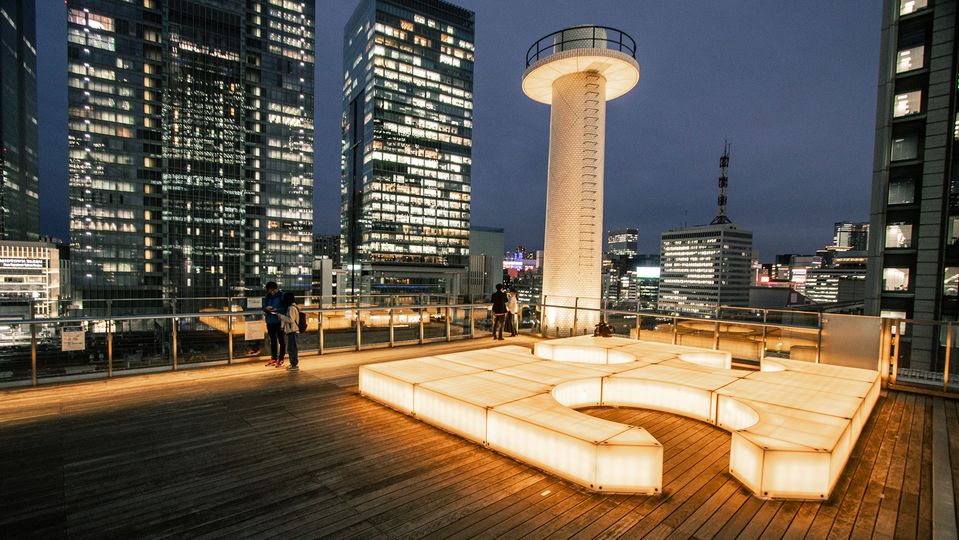
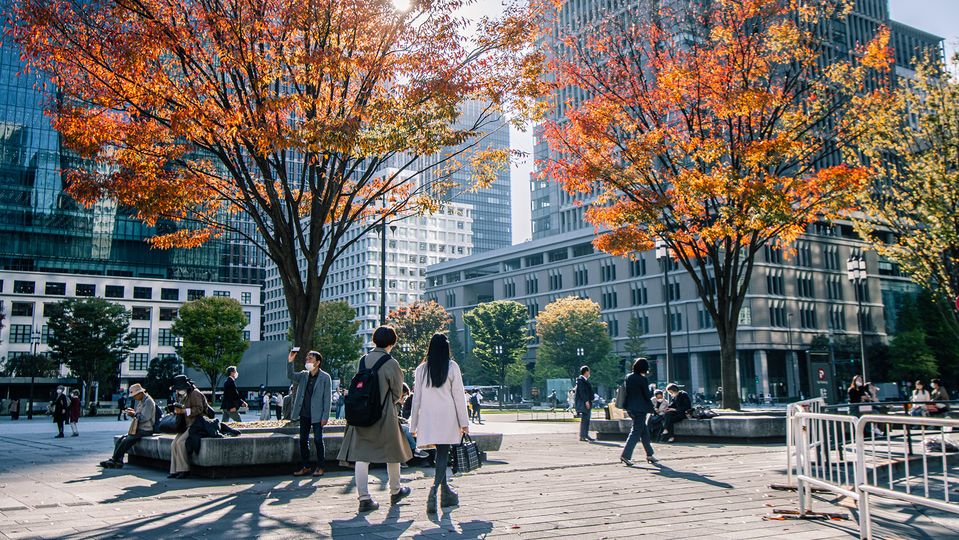
29 Feb 2016
Total posts 28
By no means cheap to stay there, but it remains a great memory of our last trip. Superb service, bellboy will take you and yr bags down, down to the Narita Express platform on departure. The spa does have hot/cold baths, so while not a real onsen, it does a similar job. A walk right around the imperial palace moat is a 5k pleasure too.
Hi Guest, join in the discussion on The Tokyo Station Hotel, old-world elegance in abundance